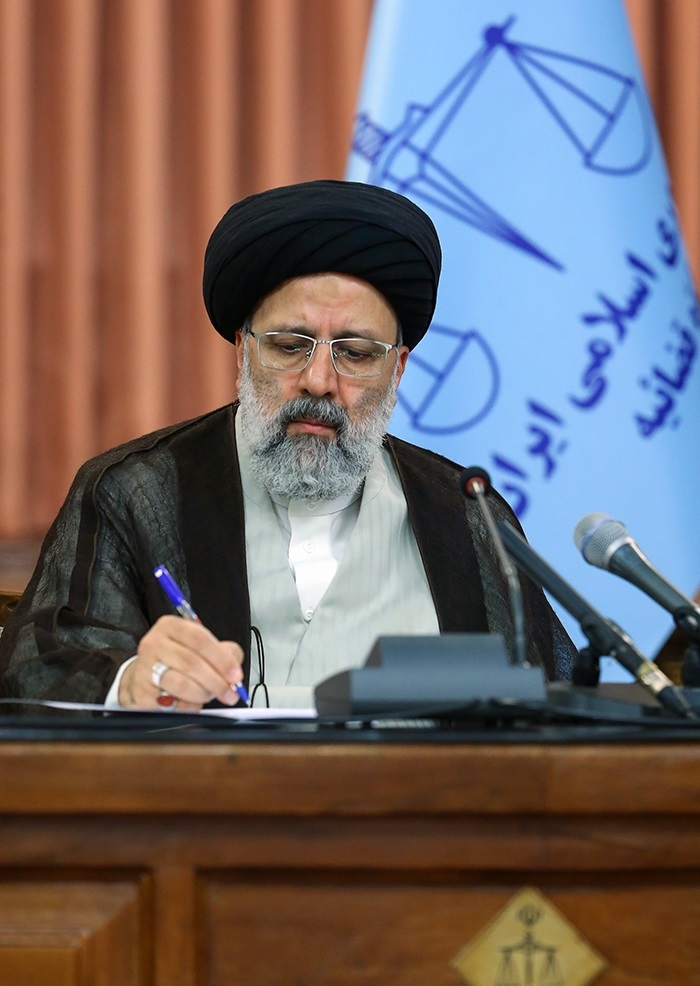The Iranian officials have frequently cited the high voter turnout in their elections throughout the years as evidence of the validity of the political system supporting the Islamic Republic of Iran. But lately, there has been a marked drop in the number of people casting ballots, which poses a difficult situation for the political system, especially considering the upcoming election that will take place after President Ebrahim Raisi’s passing. The impending election forces the leadership to face a choice it would rather avoid.

The nation’s supreme leader, Ayatollah Ali Khamenei, is faced with two different options, each carrying a unique set of risks and ramifications. One option available to him is to make sure that the presidential elections, which the Constitution mandates take place 50 days after Mr. Raisi’s death, are held in a way that encourages participation from both reformists and hardliners. But there is a risk that this strategy would create a competitive electoral atmosphere and lead the nation down paths that are not in line with Khamenei’s vision.
Khamenei, on the other hand, might decide to stick with the approach shown in the most recent elections, which would essentially exclude both moderate opposition voices and reformist candidates. However, this course could further reduce voting turnout and be interpreted as a clear rejection of his increasingly autocratic leadership.
In Iran, there has been a noticeable decline in voter turnout in recent years. In 2016, there was more than 60% voter turnout in parliamentary elections; by 2020, that number had dropped to 42%. In March, official promises to buck this trend were not met, with the ensuing election falling short of 41 percent. The final round of Tehran’s legislative elections just before Mr. Raisi passed away had an incredibly low participation rate of only 8%, which was a sharp contrast to the voter turnout rates that Khamenei had previously mocked in Western democracies.

The Iranian regime faces a significant challenge as the gap between the state apparatus and popular feeling continues to close. This disengagement is seen as a serious worry because it reflects a public that is growing more and more disenchanted with the clerical establishment, which has been taking a more rigid and conservative stand. This conservative mentality was personified by the late Mr. Raisi, who was well-known for his unshakable commitment to Khamenei’s doctrine despite lacking the kind of personality that may have challenged Khamenei’s power.
Khamenei confronts the threat of internal strife within his conservative support base in the lack of a designated successor. The candidates that are allowed to run in the next election will be indicators of the direction in which the leadership wants to go. Even though they are seen as pragmatic technocrats, people like Mohammad Baqer Ghalibaf suffer from a poor parliamentary record and a damaged public image. However, Saeed Jalili represents a rigid position that can further sour Iran’s relations with any prospective Western advances.
In the past, Khamenei has shown that he is prepared to eliminate any moderate or reformist groups that are seen as a danger to the status quo. The trend resulted in the lowest voter turnout ever seen in a presidential election in 2021, when Mr. Raisi won. The lack of a strong moderate candidate highlights the ambiguity surrounding the electorate’s reaction to the election process in the midst of widespread disenchantment.
Even while Khamenei seems set on keeping tight control, there is always a chance that things will turn out differently in Iran’s political system. People such as Hassan Rouhani and Mahmoud Ahmadinejad have confounded expectations by taking on unexpected personas and enacting unexpected policy changes. But there’s a cloud of doubt over the election result since there isn’t a clear moderate candidate and people are generally disillusioned.
The decline in public confidence in the electoral process is a serious long-term threat in a nation whose political system was established on the ideas of the popular revolution. As oppressive actions become more imminent and anti-government sentiments intensify, the possibility of alternate paths for societal transformation grows more likely.



Leave a Reply